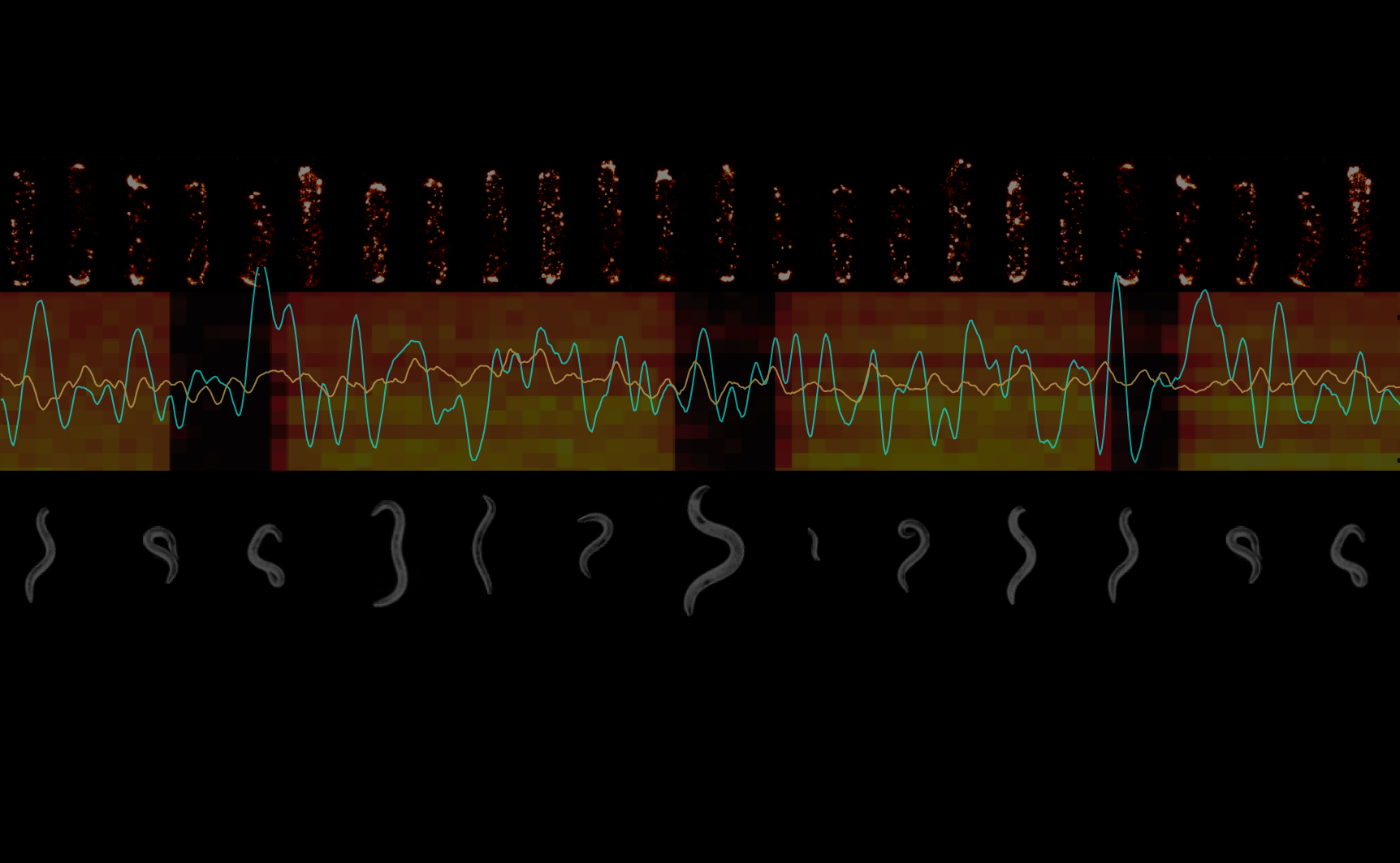
News in the Physics of Behavior Group
Latest news
-
Moving massive amounts of CO2 underground: research shows how plant-fungal networks drive nutrient flows that support ecosystems
A study published online in Nature on February 26th has revealed how plants and fungi construct networks that operate as hyper-efficient ‘supply chains,’ moving billions of tons of CO2 underground.

